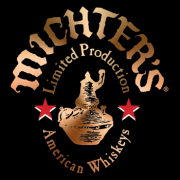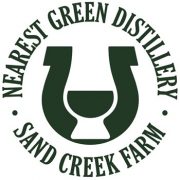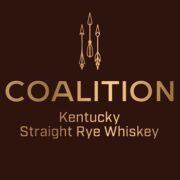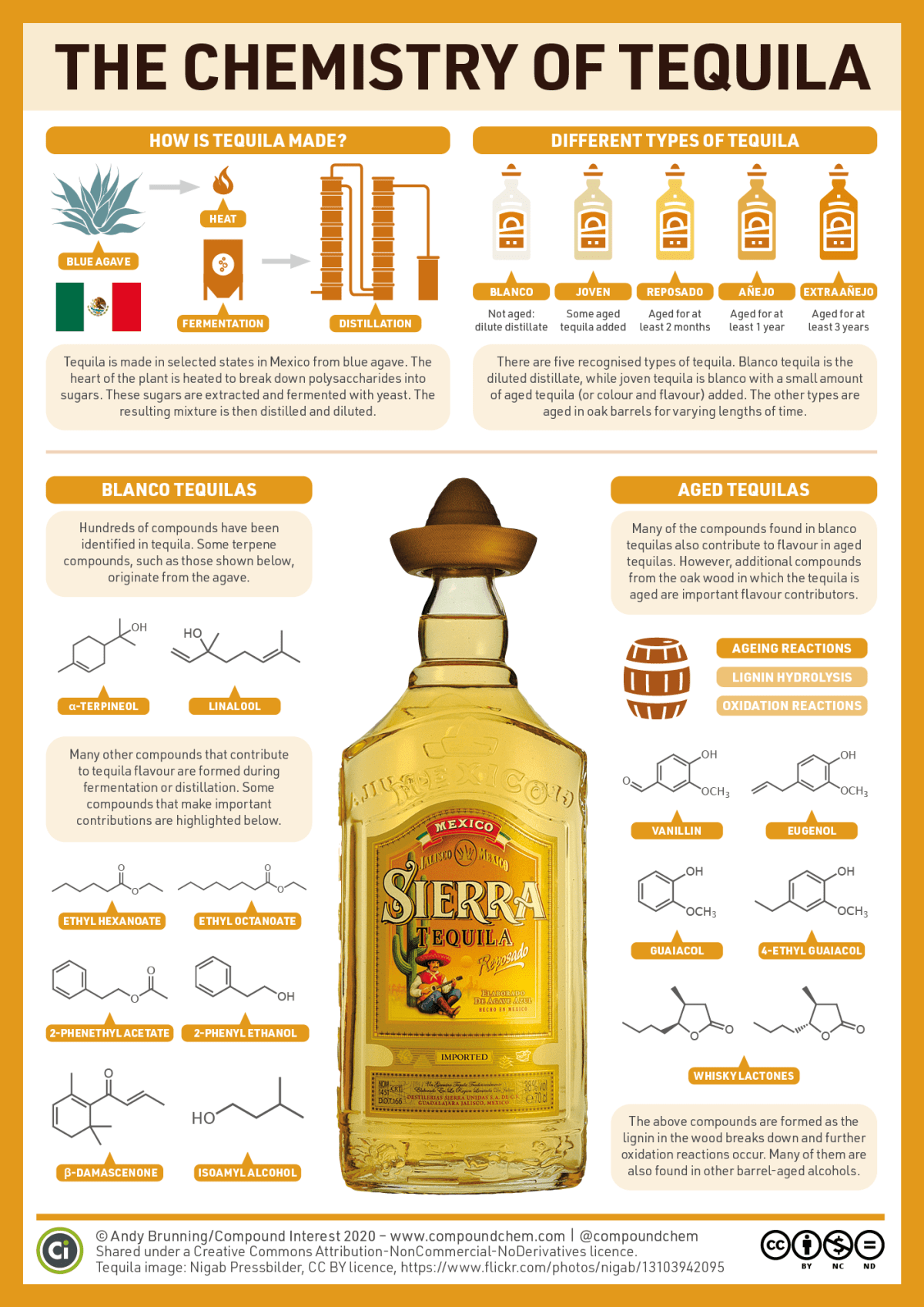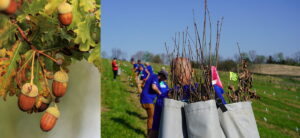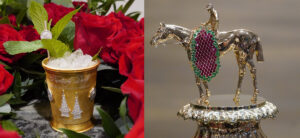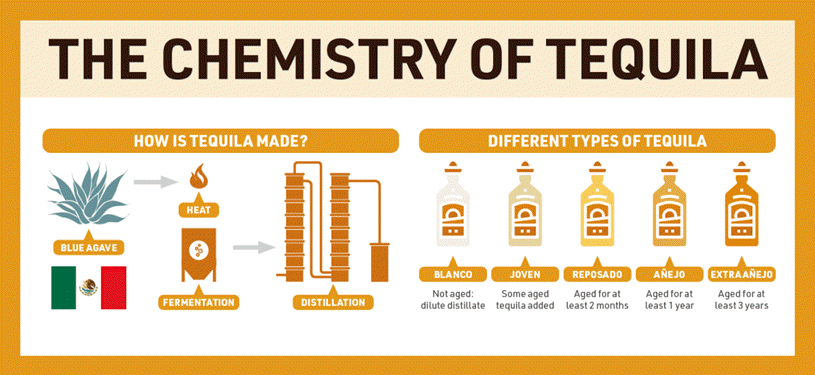
We’ve all heard the saying that “All bourbon is whiskey but not all whiskey is bourbon” right? In a similar fashion “All tequila is mezcal but not all mezcal is tequila.” Got it?
And similar to bourbon which has a legal definition based on geography tequila is the same way. In order to be bourbon it has to be a distinctive product made in Kentucky. Just kidding that is a common misnomer it can be made in any of the other 49 states as well. Tequila on the other hand is restricted by one specific state and a handful of regions in Mexico covering 27 million acres. Tequila can only be made in the state of Jalisco, Mexico and a limited number of municipalities in States of Guanajuato, Michoacan, Nayarit, and Tamaulipas. Mezcal on the other hand can be made anywhere in Mexico.
The term mezcal covers all types of Mexican spirits made from a variety of agave plants. The agave plant can take anywhere from six to 30 years to mature before its ready to be harvested to make mezcal or tequila. In order to be a tequila the spirit must be made with at least 51% blue agave (agave tequilana) that has been harvested from a distinct region of Mexico. Most premium and super-premium tequilas are made with 100% blue agave.
Standard of Identity for Tequila
Here is how the TTB defines Tequila.
“Since February 1, 1974, the official United States standard of identity for Tequila has recognized Tequila as a distinctive product of Mexico. The TTB standard of identity regulation for Tequila at 27 CFR 5.22(g) reads, in pertinent part:
Tequila is a distinctive product of Mexico, manufactured in Mexico in compliance with the laws of Mexico regulating the manufacture of Tequila for consumption in that country.
This regulatory language parallels the phrasing used in regulations to recognize “Scotch,” “Irish,” and “Canadian” whiskies as distinctive products of Scotland, Ireland, and Canada, respectively.
TTB maintains that for any imported spirit to retain its identity as a distinctive product of a foreign country, it must have been manufactured in compliance with the laws and regulations of that foreign country, and it must not be subjected to further manufacture in the United States by any act of rectification.”₁
And similar to the fact that bourbon must be at least 51% corn, tequila must be at least 51% blue agave.
How Many Types of Tequila Are There?
There are five different types or classes of tequila.
- Tequila Blanco, Silver or White – Clean and unaged (or up to two months). Has never been in a barrel.
- Tequila Joven or Gold – Has a small amount of aged tequila added. May include coloring or glycerine.
- Tequila Reposado – Rested or aged for two months to one year in an oak or white oak barrels or casks.
- Tequila Ańejo – Aged for at least one year in French oak or White oak barrels or casks.
- Tequila Extra Ańejo – Aged for at least three years in French oak or White oak barrels or casks.
Stay Informed: Sign up here for the Distillery Trail free email newsletter and be the first to get all the latest news, trends, job listings and events in your inbox.
And now let’s move on to this beautiful Infographic with the science behind the tequila love so much.
The Chemistry Behind the Tequila Infographic
Click the image to enlarge.
Related Stories
- How Tequila is Made [Infographic]
- Tequila Facts & Figures – The Foundation of America’s Most Popular Cocktail [Infographic]
- The Chemistry Behind The Whisky We Love So Much [Infographic]
- Setting the record straight: All bourbon is whisky but not all whisky is bourbon. Got it? [Infographic]
- A Day on the Trail: Patrón’s Hacienda Distillery Tour
Sources: ₁Standard of Identity for Tequila | Compound Interest
Please help to support Distillery Trail. Sign up for our Newsletter, like us on Facebook and follow us on Instagram and Twitter.

